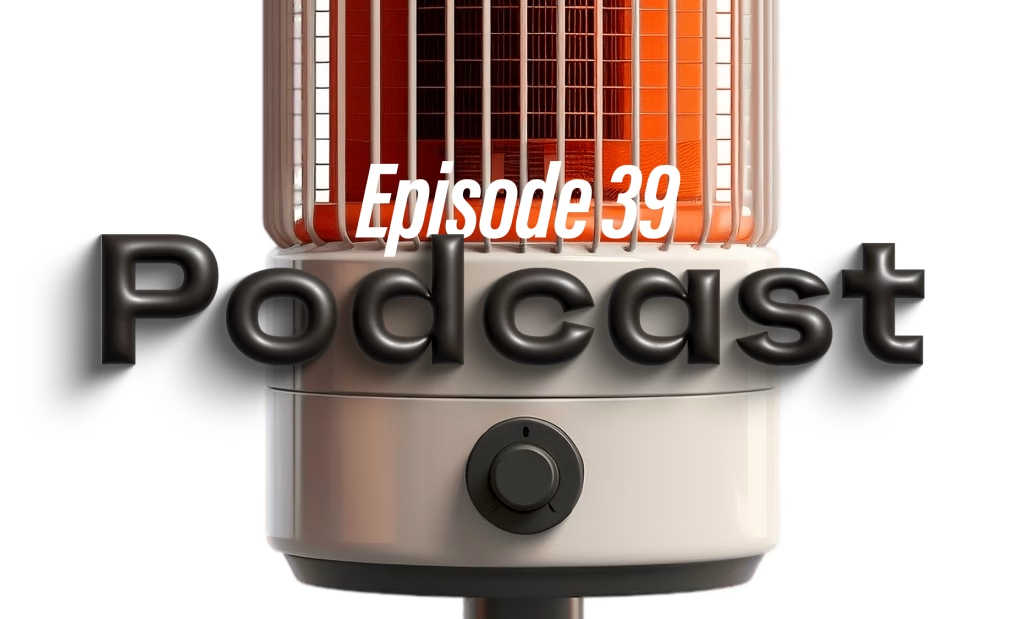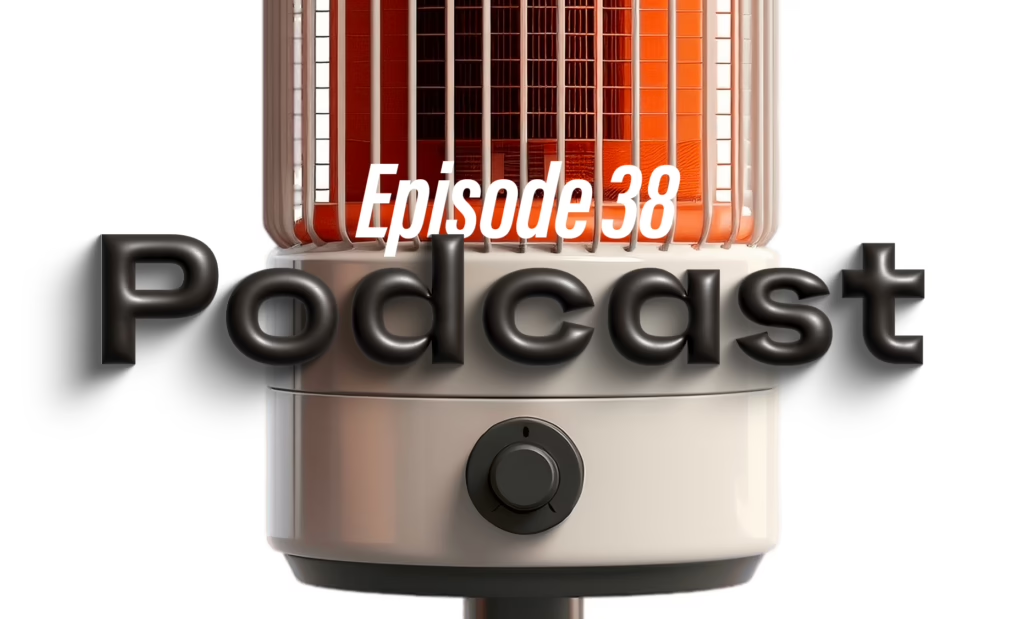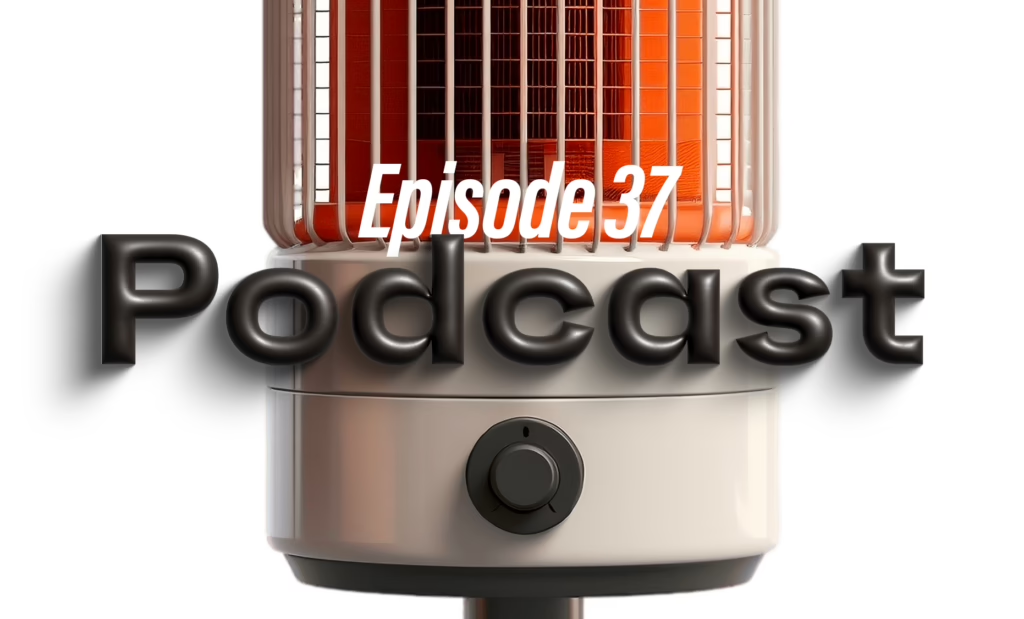It can be infuriating how much time your marketing efforts take—especially when they get zero traction.
Wouldn’t it be great if you could focus purely on activities that generate massive results? Chris Smith, cofounder of Curaytor and author of the bestselling (and newly revised edition of) The “Conversion Code,” shares data-proven ways to attract and convert buyers by making smarter use of the tools you use, from text messages to TikTok.
After working for two billionaires, a billion-dollar publicly traded company and a startup that was acquired for 9 figures, Chris wrote “Peoplework” and the first edition of “The Conversion Code,” now used at Johns Hopkins University. In the six years since that first edition was published, the marketing landscape has been turned on its head by privacy and tech restrictions, and Chris knew it was time to offer new solutions. Lots of them.
In this mind-blowing episode, Chris Smith shares some of the most valuable insights from the new book, including clever hacks and tricks you can use right away to get exceptional results from your website, social media, TikTok—and everything worth doing.
Buy The Conversion Code 2nd Edition on Amazon
Curaytor Website: https://www.curaytor.com
Graphos Product, The Product Marketing Agency website: GraphosProduct.com





